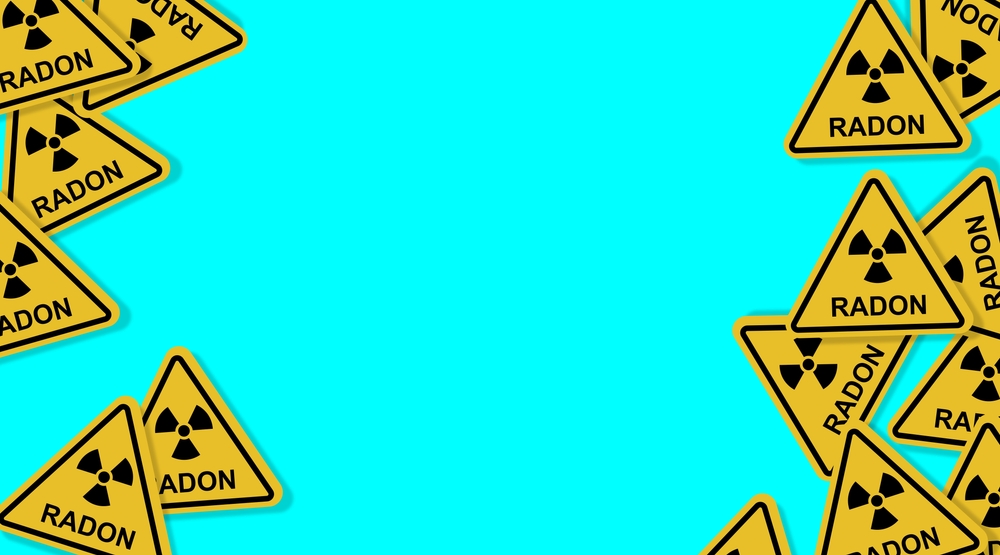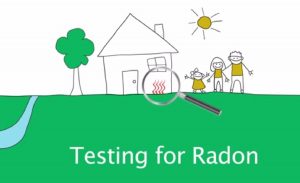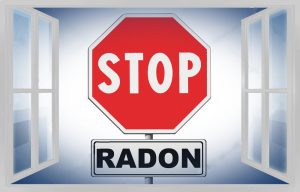Radon is a radioactive substance. The decay of uranium, which you can find in nearly all soils, is the source of the radioactive material. If you have a foundation that has cracks or other holes, water can seep into your home from the ground up. Radon is trapped within your house, where it can accumulate. Anyone’s house could have an issue with radon. New and old, well-sealed and drafty, and with or without basements are all included in this category. This is why you need to invest in radon testing.
Radon from soil gas is the primary source of radon problems. If you find radon in well water, it can cause problems. Sometimes, the building materials themselves can emit radon. However, radon problems don’t often happen because of the materials in use.
Now, even though radon is more prevalent in some parts of the country, it can affect any home in any state.
- Old and new houses
- Houses with tight seals
- Homes with basements that are prone to drafts
- Concrete slab homes and homes with underground bunkers
Home Safety and Radon Testing
You need to test the naturally occurring radioactive gas, radon, in every home. In the United States, radon, for instance, is the second most common cause of lung cancer after smoking. Even dangerously high levels of radon can be removed from a home with the proper equipment.
Radon happens during the natural breakdown of uranium in the environment (in soil, rock, and water). It usually rises to the surface of the ground and becomes part of the air we breathe. The foundation and well water of a home are two places where radon enters a residence. As soon as it enters the home, radon can become trapped.
Every state in the United States has found dangerously high levels of radon in homes. The geological potential for radon in Texas is low to moderate. However, the EPA has found that in Texas homes, radon levels have risen above the EPA’s recommendations. Radon gas can enter any house, no matter how well-built or well-maintained it is.
Cancer & Other Health Risks
Radon doesn’t cause any physical symptoms right away. Symptoms don’t appear for the majority of people for many years after exposure.
As the radioactive gas decays, it releases heavy metal particles that pose the greatest danger from radon exposure. The dust in the air attracts these particles. Inhaling toxic dust and smoke particles can penetrate the cells of the mucous membranes and other tissues in the lungs.
Radon can cause lung cancer because you inhale decay products of radioactive radon. Estimates put the number of deaths from lung cancer caused by radon at between 5,000 and 20,000 per year in the United States. Radon is responsible for around 21,000 deaths per year, according to the EPA. According to the American Lung Association, it is the second most common cause of lung cancer in the United States.
A 1989 study had researchers from the National Institute for Occupational Safety and Health, the Centers for Disease Control, and the Harvard School of Public Health, coming together. It found that smokers are more likely than non-smokers to develop lung cancer when exposed to radon.
Key Takeaways
- The breakdown of uranium in soil produces radon, a naturally occurring gas.
- You can find radon in one out of every five homes in the United States, according to research.
- Lung cancer is the second most common cause of death from cancer in the United States.
- You can order a radon test kit by mail or at your local grocery store. An EPA-approved test can help.
Go for Radon Testing Today!
Radon can enter a house in a number of ways. However, the most common way to reduce its levels is to keep it from getting in the first place. Yes, preventative measures like these can help.
Typically, this is done by allowing air to flow through the foundation and out to the outside. For instance, you can use natural ventilation instead of fans and ducts. The type of foundation determines which method is most appropriate. If you’re looking to cut costs, seal foundation cracks, increase house pressure, and use a heat recovery system. All these methods help increase air exchange.
Want to have the experts help you out? Our radon testing services might be just what you need to make your home radon-free. Know more about our radon testing services in Maryland.




